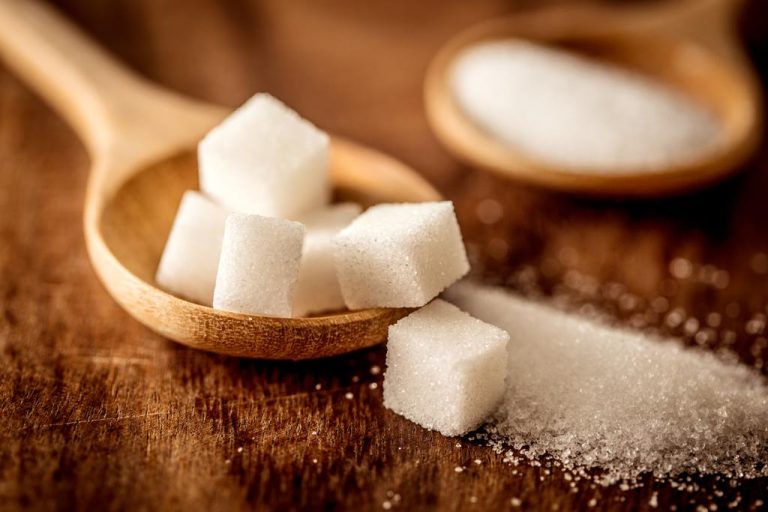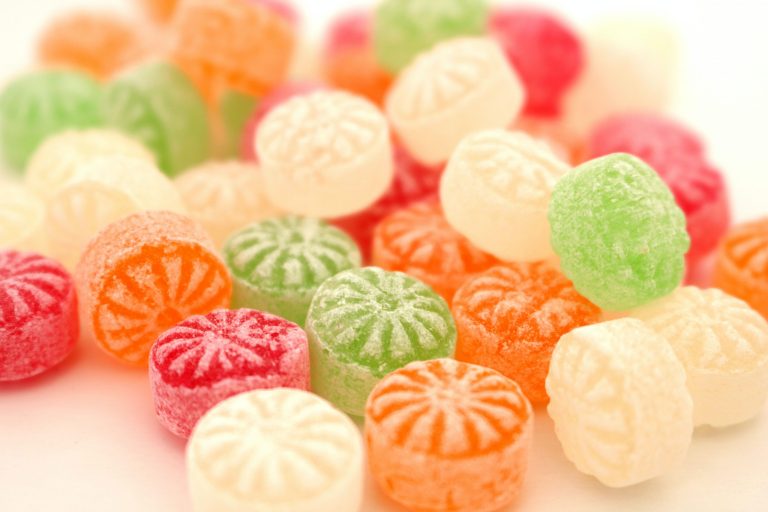Intermittent fasting, low-carb & Co. – alternative forms of nutrition are all the rage. This also includes a new, old form of nutrition: the sugar-free diet. With this, it is not enough to do without for a short time, but you should change your diet in the long term. Read here how exactly the zero-sugar diet works.

Living sugar-free – that’s how it works
To understand how a sugar-free diet can succeed, it is necessary to define the type of sugar involved. In the case of the sugar-free diet, it is not about the strict omission of carbohydrates, nor about the complete renunciation of table sugar. Rather, it targets the so-called “free sugar”. The World Health Organization understands the type of sugar to be all types of sugar that are added to food and drinks. This also includes the sugar found in fruit juices, honey and syrup.
The question that most people ask themselves when it comes to a sugar-free diet is what is still allowed to be eaten. If you start with the sugar-free diet, it is enough to do without the usual household sugar. So on the so-called sucrose, which is present in large quantities in sugar beets, sugar palms and sugar cane. This includes omitting the sugar in coffee and adding additional sugar to various dishes.
They rely on mostly unprocessed foods. As a result, you eat fewer calories over the long term and thereby lose weight. The hardest part is identifying where that sugar is. You often don’t suspect it at first glance. The following foods are taboo in this diet:
Sweetened drinks (soft drinks,..) and food (fruit yoghurt, jam…)
fruit juices, smoothies and fruit juice concentrates
Industrially heavily processed foods (fast food, white bread, sauces…)
Sweets (chocolate, gummy bears, cake, ice cream,..)
Dried fruit (mango, figs, dates,..)
Dishes from restaurants or snack bars
Even if that sounds like a lot of renunciation at first glance, there is not too little that you can still enjoy. Especially if you cook a lot yourself, the problem almost solves itself. Some foods that one is allowed to eat and drink are as follows:
Mineral water, unsweetened coffee or tea, calorie-free light drinks
vegetables and fresh fruit
fish, meat and eggs
Natural dairy products (cheese, natural yoghurt…)
Whole grain products (bread, pasta, rice…)
Legumes (peas, beans and lentils…)
Nuts, seeds and kernels (walnuts, sunflower seeds, pumpkin seeds…)
Oils and fats (oil, butter…)
Sugar free sweets
Most people don’t even know how much sugar they’re consuming without realizing it. This also leads to withdrawal symptoms when giving up, because sugar is addictive. These can last one to two weeks. After that you should have overcome the following symptoms:
mood swings
headache
cravings
fatigue
exhaustion

Once the body has gotten used to the abstinence, people actually only benefit from the effects of the zero-sugar diet. On the one hand, you lose weight and become fitter in general. The otherwise tempting craving for sweets does not occur and the blood sugar level levels off constantly. On the other hand, this has the consequence that the risk of diabetes also decreases. The risk of other diseases also decreases. These include cardiovascular diseases, cancer and osteoarthritis.






